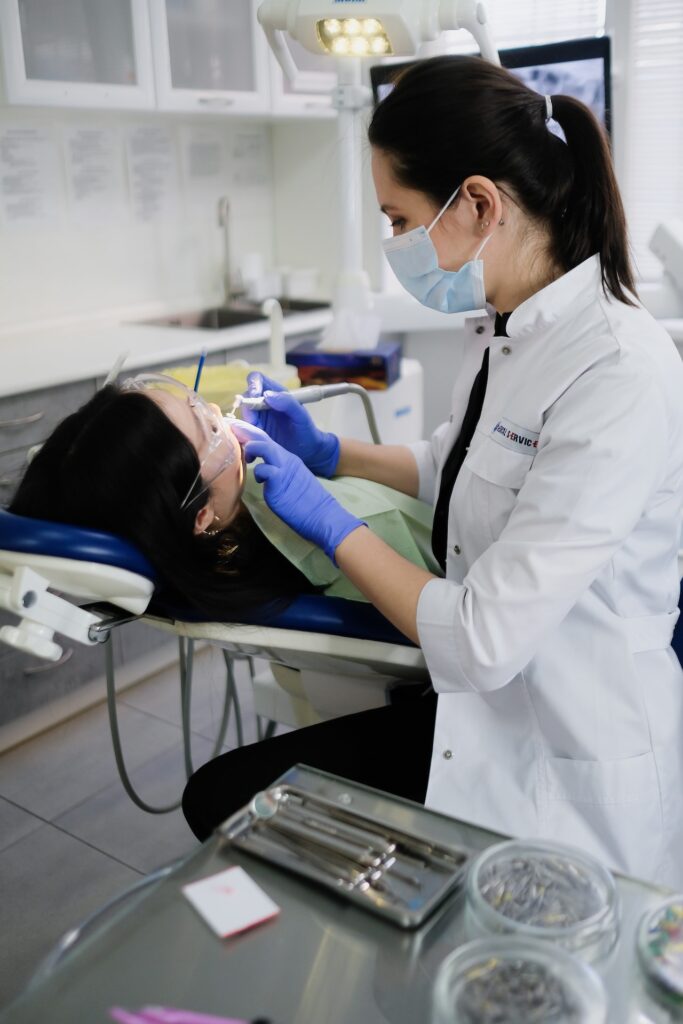Tissue grafts are used when gum tissue has been lost due to gum disease or trauma. Although gingivitis can be treated with good oral hygiene and brushing and flossing, the disease can progress to periodontitis, which can result in irreversible loss of gum tissue and bone. The loss of gum tissue can lead to the gums receding and an increase in sensitivity.
Gum tissue grafting
Gum grafting is a procedure that restores the shape of your gums, covering exposed roots. The procedure uses thin pieces of collagen placed between your gums and teeth. These pieces will hold the gumline in place while healing. Once the procedure is complete, your gums should look uniformly restored. You may experience minor swelling after the procedure, but it will subside quickly.
Gum recession is a common problem in adults. This condition can result in teeth that look longer than they actually are, which can lead to a host of dental issues. In addition, the exposed root structure of your teeth can cause tooth sensitivity and even tooth loss. If left untreated, this condition can lead to serious health issues, including gum disease and bone loss. A gum tissue graft can restore the youthful appearance of your teeth and help improve your oral hygiene.
Pedicle grafts
Pedicle grafts are a method used to replace damaged gum tissue. The procedure involves cutting a flap of gum tissue and stitching it into the place of the missing tissue. The adjacent gum tissue remains attached to the blood vessels and nerves. Once the graft is in place, the newly formed flap will cover the exposed root of the tooth. This procedure has several benefits.
The procedure is time-consuming. However, it has several advantages, including suitable vascularization. Another advantage is that the donor tissue is already in the mouth. Besides repairing gum recession, pedicle grafts can also be used to cover the exposed root of a tooth.
Improved predictability of root coverage
Improved predictability of root coverage after tissue-graft procedures is an important goal in the treatment of gingival recession. Several surgical techniques have been developed over the years. One of the most important is the Coronally Advanced Flap with Connective Tissue Graft (CATG). This technique helps surgeons to achieve complete root coverage. The Connective Tissue Graft (CTG) is inserted between the periosteum and the CAF and is positioned in a way to provide enhanced blood supply to the graft. Studies have shown that adding CTG to CAF improves root coverage outcomes.
Although the results of this procedure are not yet fully established, they are consistent with those of other procedures. Root coverage was improved after LPF in most patients, but not in all. Although there are some limitations to this technique, it has shown excellent clinical outcomes and is a viable alternative to CAF in certain clinical situations.
Symptoms of gum disease
Gum disease is an inflammation of the gingiva that can cause discomfort and bad breath. If left untreated, it can progress into periodontitis, which is a more advanced stage of the disease. It is characterized by swelling and tenderness of the gums, tooth loss, and the loss of supporting bone. In addition, the condition can lead to the formation of abscesses, which can lead to the destruction of tooth and gum tissue. Patients with this condition also may suffer from fever and swollen lymph nodes.
The loss of gum tissue can lead to a receding gumline and exposed tooth roots. A tissue graft can be used to repair this situation. The gum tissue graft replaces the lost tissue with a new layer. It can also help restore the appearance of the teeth.
Treatment options
A tissue graft is a surgical procedure that replaces lost or diseased tissue. The donor tissue used in the procedure is taken from other parts of the body and placed in the damaged area. The donor tissue is usually painless. Patients are given local anesthesia to prevent pain and remain comfortable during the procedure. After the procedure, they may experience soreness for a few days, but this is usually mild and easily controlled with over-the-counter pain relievers.
After undergoing the procedure, patients must continue practicing good oral hygiene to maintain the new gums and avoid any problems in the future. Good oral hygiene includes using fluoridated toothpaste, daily flossing, eating a healthy diet, and seeing a dentist regularly. Healthy gums are vital for the health of the rest of your mouth and your smile.

